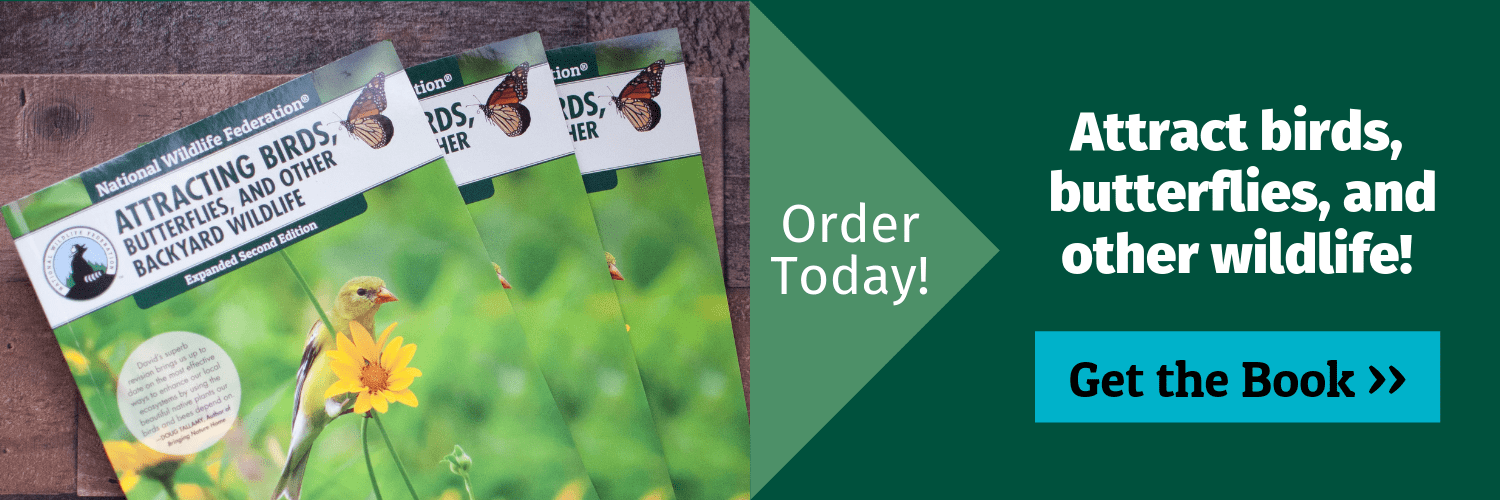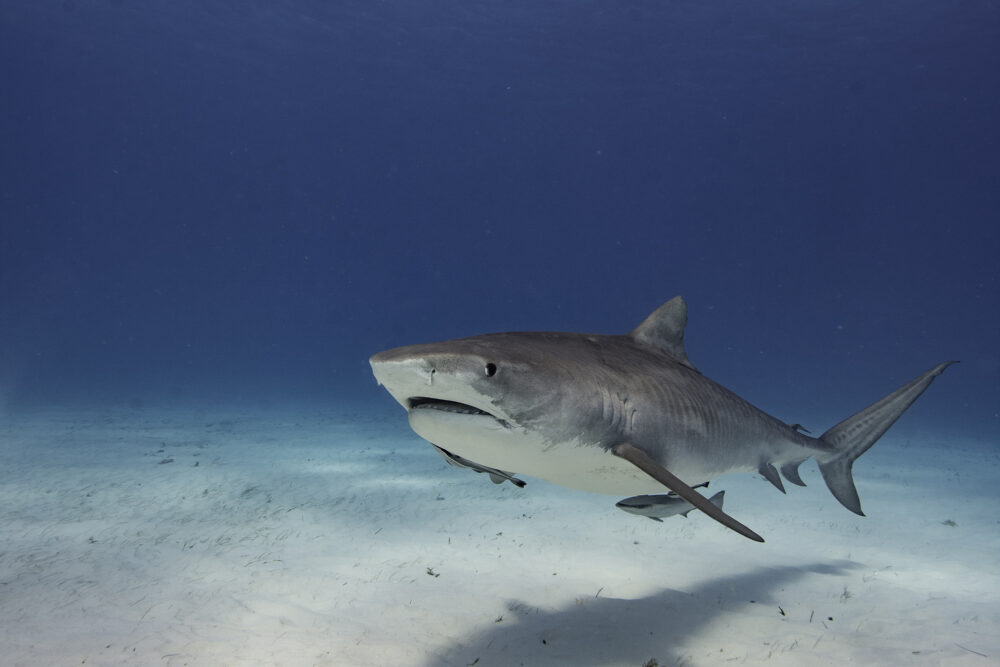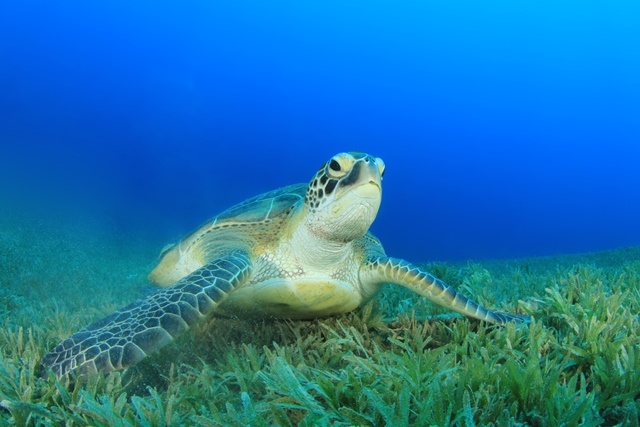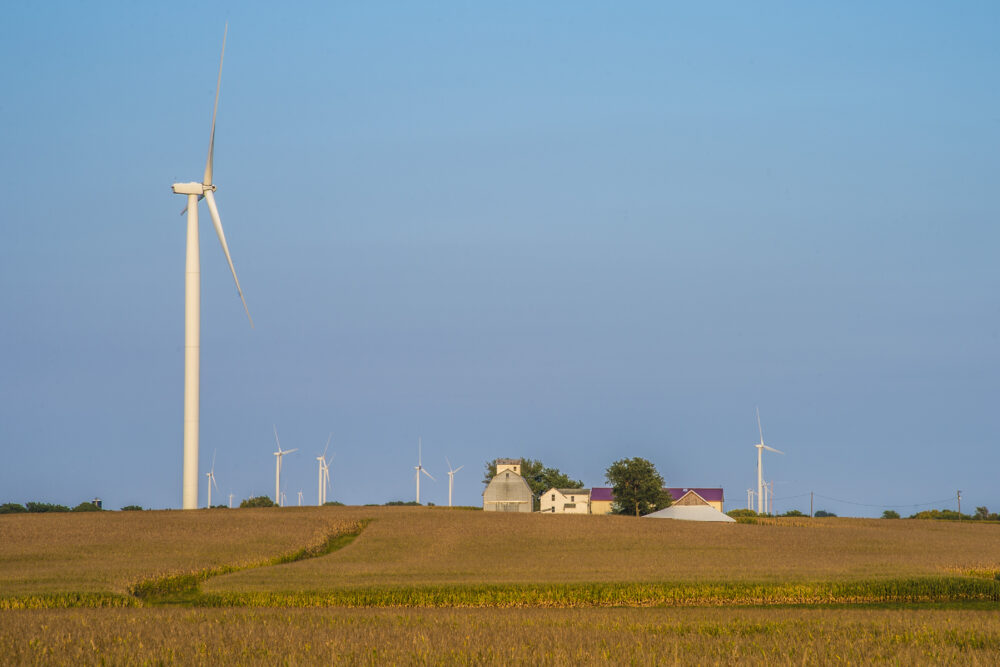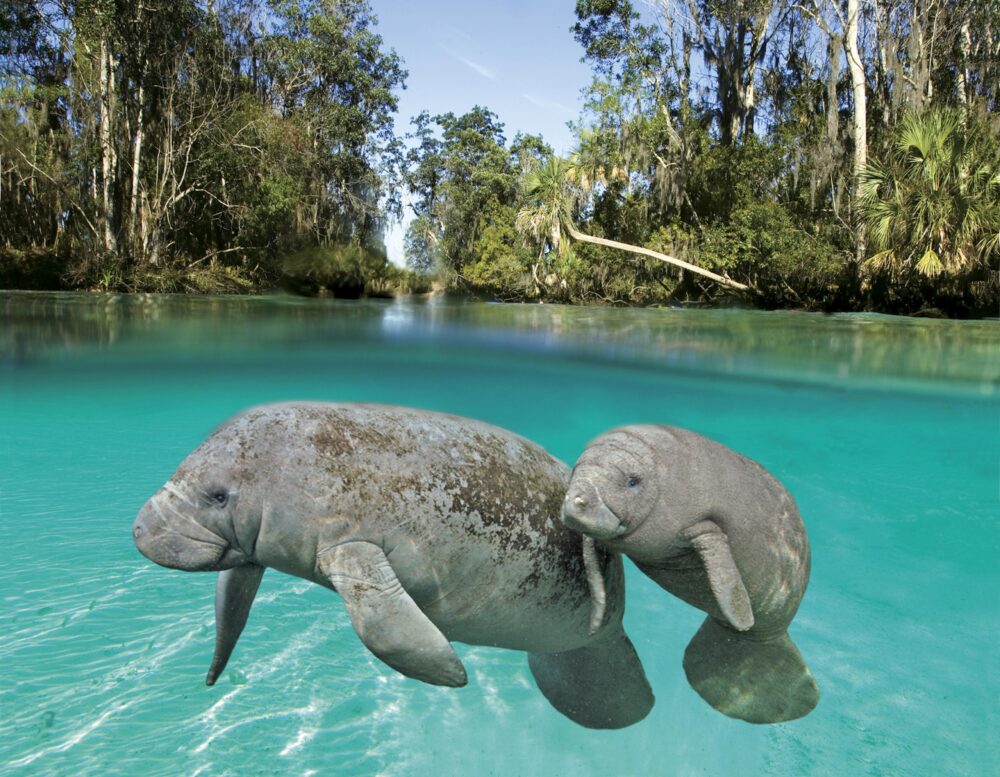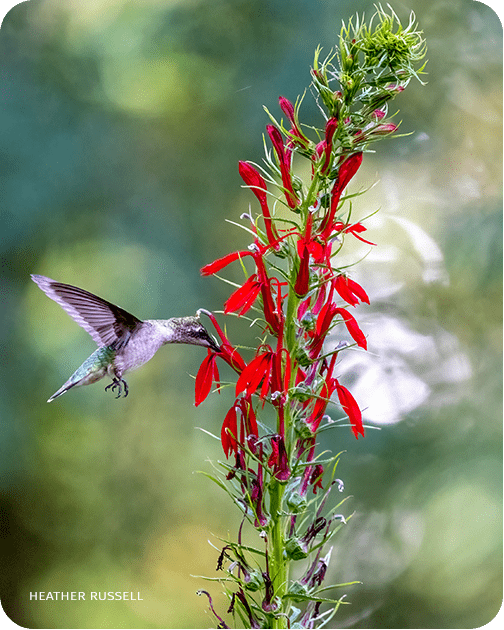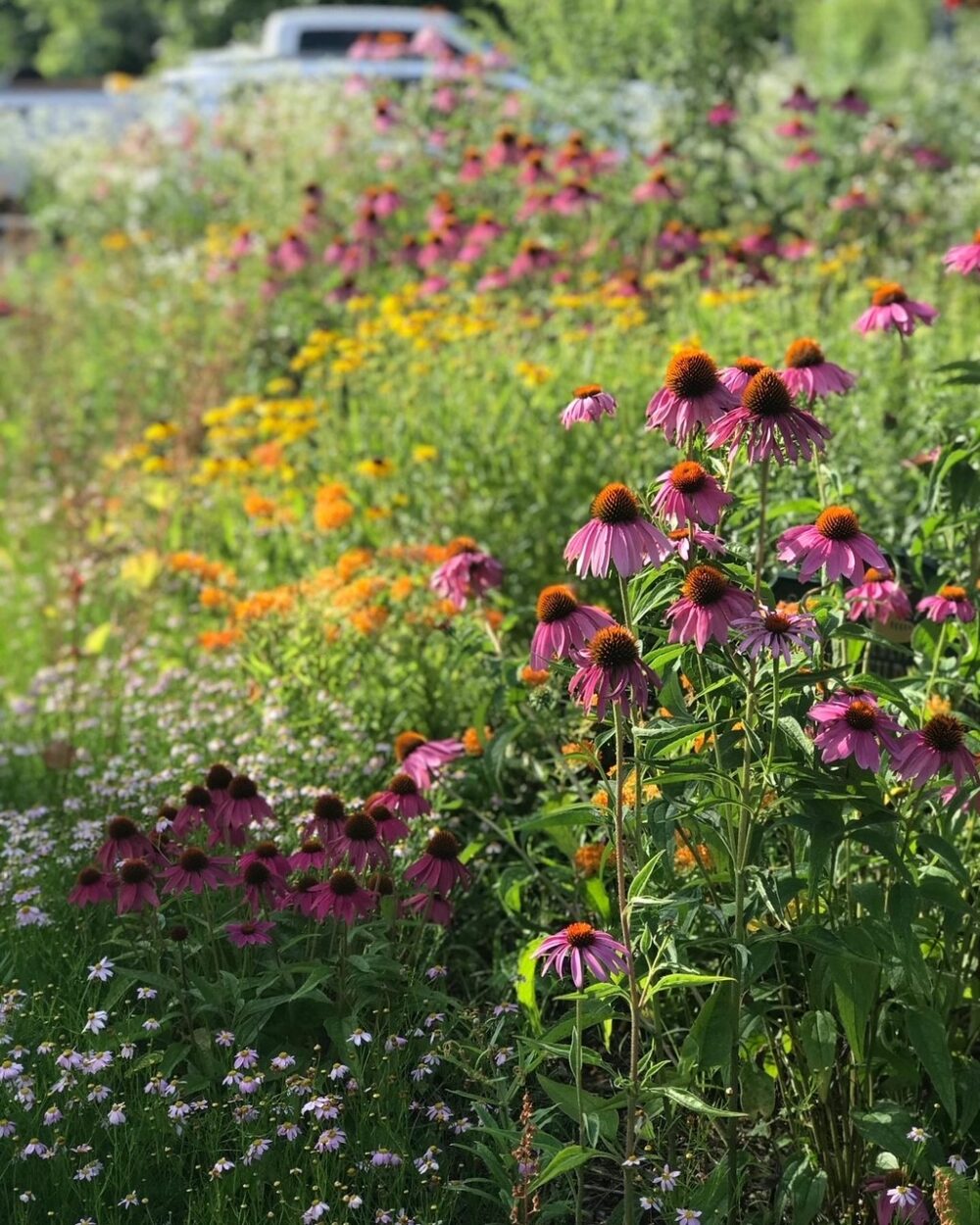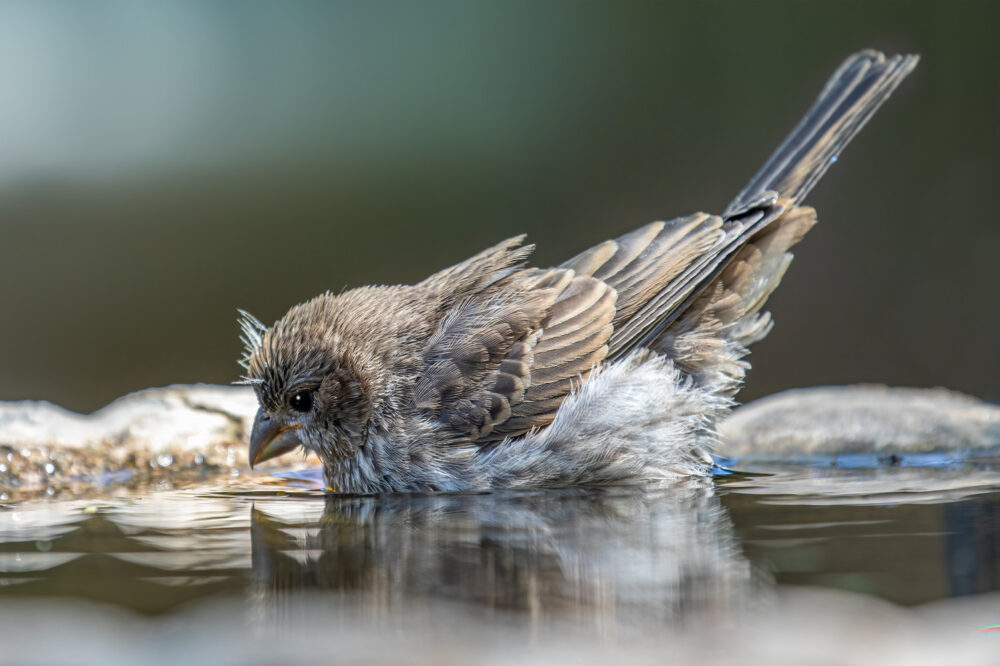We have much more to do and your continued support is needed now more than ever.
For Beginners: Four Can’t-Miss Ways to Attract Birds to Your Yard or Deck
 Sometimes those who would like to attract birds to their home will ask if there are any special “tricks” to success other than putting out a bird feeder or birdbath.
Sometimes those who would like to attract birds to their home will ask if there are any special “tricks” to success other than putting out a bird feeder or birdbath.
The quick answer is yes!
Here are four proven ways to attract a maximum number bird species to your yard. Not only will you get to see them, but you also will be helping them on their long migration journeys or to get through a cold winter. A well-stocked yard or deck, following the advice below, can help hundreds of birds to be healthier during the year and can help dozens survive a tough winter. How cool is that?
1. Bubbles and Drips
Birds certainly need water, but they may not always know you have made it available. This is especially true of spring and fall migrants who are just passing through. The best way to “advertise” is to let them hear the water by using a fountain pump or a small drip hose.
Drippers, small fountains, bubblers and misters are very popular with our feathered friends. They are reasonably inexpensive and are available online and at most bird supply stores. I like to think about migrant species such as warblers, vireos, and flycatchers stopping off for a refreshing drink (and snack) on their way from Canada to Central America.
2. “Smorgasbird”
Different birds eat different things, so it helps to offer a variety of food types. Native plants that provide seeds, berries and insects are the best and most natural way to offer food for wild birds. You can supplement that with feeders. Here are some tips:
- Black-Oil Sunflower is the most popular bird seed, and attracts a variety of birds to your feeder. Blue jays, cardinals, chickadees, finches, nuthatches, and sparrows love it. New to backyard birding? Black-oil sunflower seeds are a great place to start!
- Thistle or Nyjer is a small, high quality, seed that goldfinches love. These birds have a beautiful gold color and they are a pleasure to watch along with their cousins, the red-hued house finches and bright-colored buntings. Thistle seed requires a special bird (finch) feeder with smaller holes,
- Seed mixes are popular for beginners because they attract many different types of birds. They can be messy though because birds pick over unwanted seeds and toss them away. “No-mess” seed mixes, that have been de-hulled, will cut down on the mess below your feeder. They are more likely be picked up by ground feeding birds, such as doves, juncos, sparrows or even squirrels.
- Suet is basically a cake of animal fat and is a healthy source of protein for birds, especially in the winter months. When food is scarce, suet may be a lifeline for many birds in your yard. Suet is often mixed with some seeds and served through suet cages.
- Nectar is sugar water and requires what is called a hummingbird feeder. Hummingbirds are the most notable nectar-loving birds. They are a pleasure to watch in your backyard. The increasingly rare oriole is a fruit-eating bird that also enjoys nectar.
- Smorgasbird: there are many other types of food that you can feed birds. Many birds enjoy peanuts, peanut butter, cracked corn, millet, apple pieces and oranges.
3. Litter-Bugs
There are a large number of bird species that stay on the ground to feed and seldom, if ever, land on feeders. They will often gobble up seeds that have fallen from the feeders and others will scratch around in small piles or mats of leaf litter you can place around the yard. This leaf litter is a natural habitat for many insects and gives insect and grub-eating birds such as robins, towhees and thrashers, hours of quality snack time.
4. Havens and Hideaways
If you watch how birds approach most feeders, they will first sit in a nearby bush as a “staging area” and then fly out for a quick snack on the feeder. They will then return immediately to the relative protection of shrubbery or trees. So placing feeders relatively close to some “safety cover” will attract more birds. Keep an eye out, however, for neighborhood cats. They like to lie in wait in vegetation that may be too close to the feeder. Allowing a few feet between a cat hiding place and a bird feeder will give the birds time to react and get away.
Birds also attract other birds. These curious creatures listen for activity in the area and like to see what is going on. For them, your yard will be like the local restaurant you can’t wait to tell your friends about.
The main thing about attracting birds to your yard or deck is to let it happen over time and enjoy it. As birds begin to find your place you will be amazed at how many you see. Remember to keep up with the food and water supplies, especially in the winter when you can help dozens of birds survive the cold. Remember too, that a good bird identification guide will add to the fun. We are fond of the National Wildlife Federation’s Guide to North American Birds because of its good reviews and reasonable price.
Certify Your Garden as a Wildlife Habitat
By providing food, water, cover and a place for wildlife to raise their young, you not only help wildlife, but you also qualify to become an official Certified Wildlife Habitat®.

